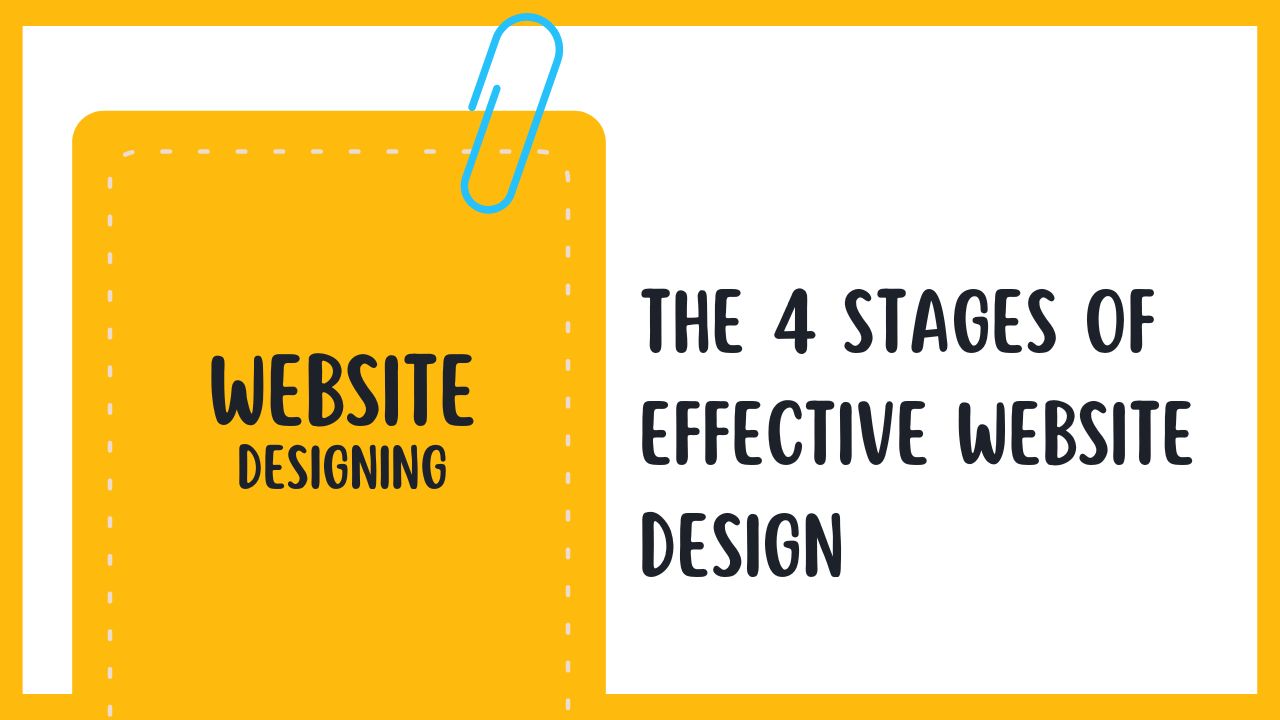In the journey toward creating a successful website, understanding the evolution of effective design is paramount. Explore the four stages that delineate this progression:
Stage 1: Prioritizing Substance over Style
The initial phase often emphasizes visually appealing designs tailored to the preferences of stakeholders. However, flashy features like Flash animations may overshadow substance, compromising user experience.
Stage 2: Designing for Online Visibility
Reality sets in as websites face challenges in being indexed by search engines or generating expected traffic. Hiring professional marketers becomes crucial, yet quick fixes from doorway page companies often miss the mark. Addressing underlying design flaws is essential for improving online visibility and results.
Stage 3: Designing for the Target Audience
Investments in attractive designs and marketing strategies may fall short of resonating with the target audience. Usability experts and search engine marketers play pivotal roles in identifying and rectifying these issues, ensuring user-friendly and search engine-optimized designs.
Stage 4: Site Redesign
After comprehensive analyses, websites evolve to prioritize user-friendliness and search engine visibility. By aligning design, content, and functionality with end-user needs, traffic and sales surge, marking the culmination of effective website design.
Conclusion: Putting Audience First
Effective websites center on the target audience’s needs, transcending personal preferences. Professional designers leverage color psychology and whitespace judiciously to project desired images. Understanding visitor preferences through analytics informs content and marketing strategies, while technological advancements serve end-users’ interests.
Embrace the journey of effective website design, prioritizing user-centric strategies to captivate your audience and drive success.

